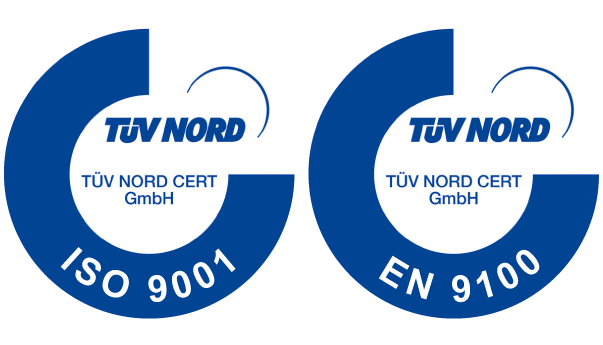Forging can refine the grain structure of the goods. Forging is preferable to casting or grinding bar stock because the metal’s normal grain movement is made to conform to the object’s shape. Castings have an isotropic grain structure and can be critical to a given component’s compression load. However, regular and custom forgings are higher in tensile and shear loads due to grain flow use. The forgings’ structural durability helps designers trust the material to conform to the specification’s safety factors. It can also have a more reliable solution to heat treatment and forging machining operations.
Then what makes forging machining the industry’s chosen choice? A list of the advantages of using metal forge is compiled below.
Cost-Effective
Forging has a considerable cost advantage, especially in the production of high-volume precision metals. Materials used in forging are cheaper than most materials used in metalworking methods. Besides, in most situations, fewer secondary operations are needed. The finished material can be manufactured with an exact dimension and a robust surface finish due to high-precision metal processing. As a consequence, very low machining is needed to give away cost-effectiveness.
Strong and reliable
No other metalworking method may ensure the forged metal pieces’ superior strength. The high strength is the forged metal’s strong grain structure. Ductility, reliability, and power of forged goods go beyond casting, processing, and welding. This is also a justification for the use of forged goods in industries where human welfare is essential. The produced goods can also retain their output at a more comprehensive temperature range due to grain structure.
Application of Different Alloys
The most crucial benefit of forging machining is that most metals can be forged into the desired form. The forging method can be extended to any metal. Each metal comes with a distinct set of characteristics that can be used for particular components, depending on the specifications. The most common forged metals are aluminium, alloy, stainless steel, brass, carbon, titanium, copper, nickel, etc. In industries involving high temperatures, alloys containing cobalt, molybdenum, or nickel may be used. Using solid forged metals, industries may minimize costly alloys to achieve high-strength parts.
Structural Integrity
Forging a part greatly decreases the likelihood of metallurgical defects such as porosity or isolation of alloys, as seen in some castings. This leads to decreased scrap, a stable reaction to heat treatment, and predictable output of the field’s components.
There is practically no chance of porosity being added during the forging process. Even this can be tested with a low-cost ultrasonic test after processing. A basic crack identification technique can handle small surface cracks at the end of the process.
Better Metallurgical Properties
Often selective heating and non-uniform cooling in machinery can contribute to a specific component’s failure. The final product obtained during the forging machining process has no internal vacuum and a superior grain flow. The forging method decreases shrinkage and porosity, typically used in casting materials. Consequently, the risks of accidental loss under tension or temperature variations are negotiated in machine forging.


Recent Comments